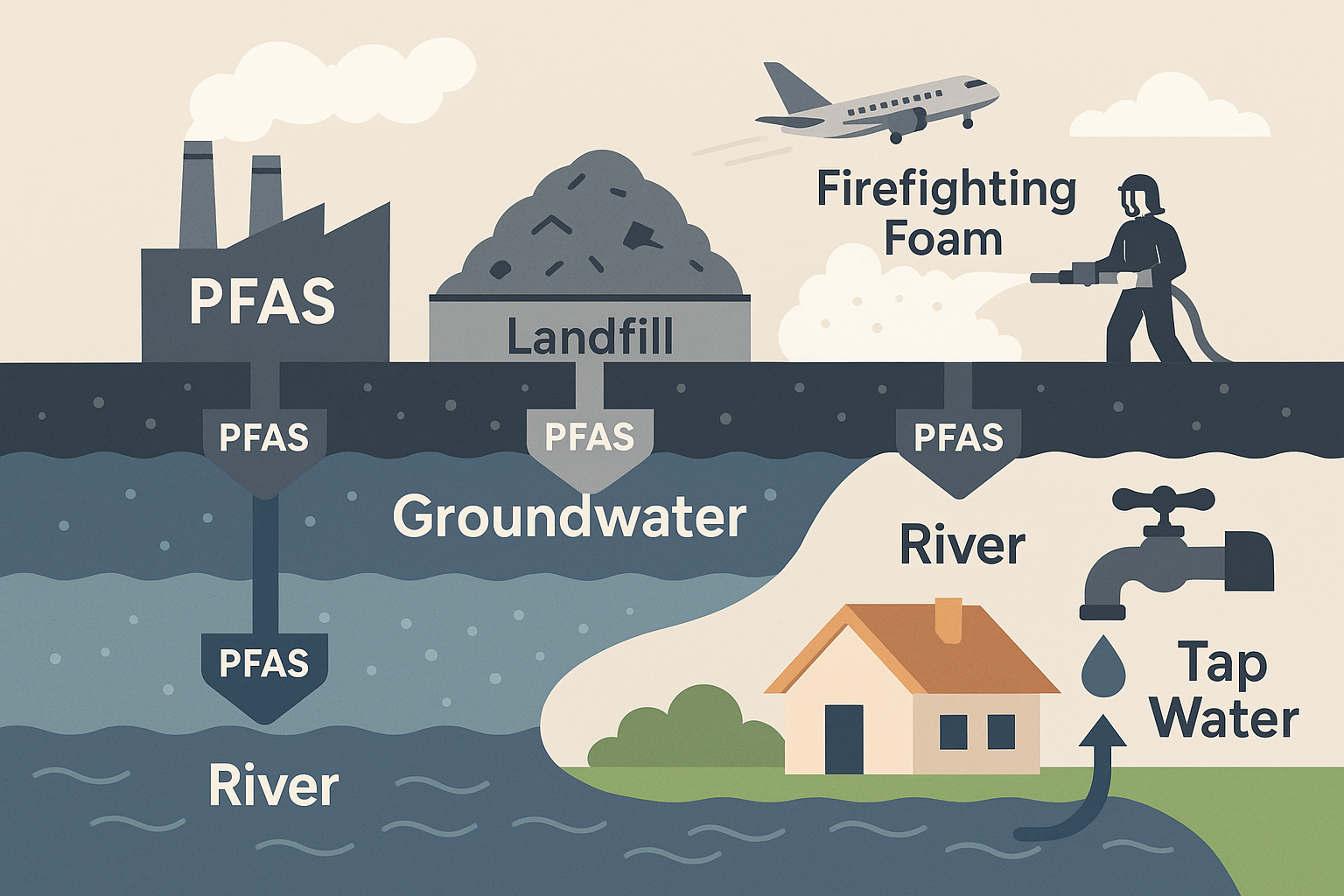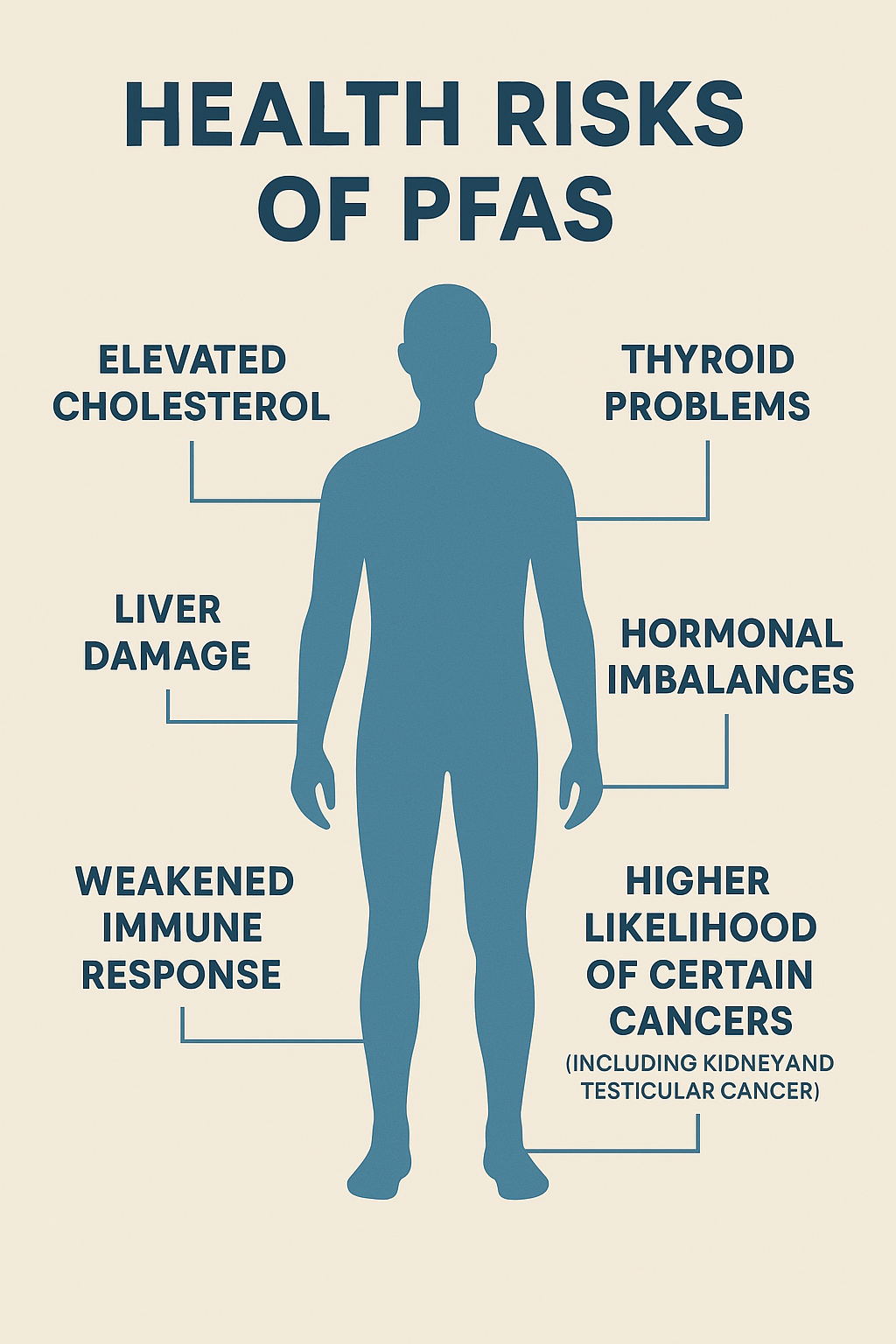

|
Authored by GUNDAI What Are PFAS and How Do They Impact Our Drinking Water? Perfluoroalkyl and polyfluoroalkyl substances, commonly known as PFAS, are man-made chemicals used in a wide range of industrial and consumer applications due to their resistance to heat, grease, and water. These substances are found in products like non-stick pans, water-repellent clothing, food packaging, and firefighting foams. Because PFAS do not break down easily in the environment or the human body, they are often referred to as “forever chemicals.” One of the major concerns about PFAS is their ability to contaminate water sources, where they can build up over time and pose potential health threats. Techniques such as activated carbon filters, ion exchange systems, and reverse osmosis are commonly used to help eliminate PFAS from drinking water. Where Do PFAS Originate? PFAS enter the environment through both manufacturing and everyday consumer use. They are created in facilities that make products like Teflon coatings and stain-resistant textiles. PFAS can also be released through wastewater, leachate from landfills, and the use of firefighting foams—especially around airports and military installations. As a result, these chemicals have been found in soil, air, and water across the globe.
Are PFAS Harmful to Health? PFAS are highly resistant to breakdown due to their strong chemical structure. They persist in the environment and can accumulate over time. In the human body, PFAS can remain in the blood and organs for many years. Their long-lasting nature has raised concerns about their potential impact on health, especially with continued exposure. Ongoing studies suggest that long-term exposure to PFAS may negatively affect human health. Some health problems linked to PFAS include:
Because of these risks, authorities are taking steps to reduce PFAS levels in both products and drinking water supplies.
Methods to Reduce PFAS Exposure Reducing PFAS in the environment and limiting human contact requires a multi-pronged approach, such as:
How PFAS End Up in Drinking Water—and How to Remove Them One of the most pressing concerns with PFAS is their presence in drinking water. These chemicals can seep into groundwater and surface water, eventually making their way into public water systems. Since they don't easily break down, specialized filtration systems are required to remove them. Common solutions include:
Drinking water dispensers with these high-performance filters can greatly reduce PFAS levels, providing safer and cleaner water. Want Better Water? GUNGDAI Can Help If you're worried about the presence of forever chemicals in your drinking water, consider upgrading to a filtered tap or water dispenser. GUNGDAI offers solutions that use cutting-edge filtration to deliver cleaner, great-tasting, and safer water for daily use. One standout option is the GD IZERO Under-Sink RO System , designed to effectively remove PFAS and other harmful contaminants. It features:
|


.jpg)
